The neo-noir genre’s popularity today proves that the concepts introduced by noir filmmaking are always in demand.
This is why someclassic movies likeSunset BoulevardandDouble Indemnityhave never been forgotten.
The film blends elements of thriller and espionage as agents work to infiltrate and dismantle the web link.
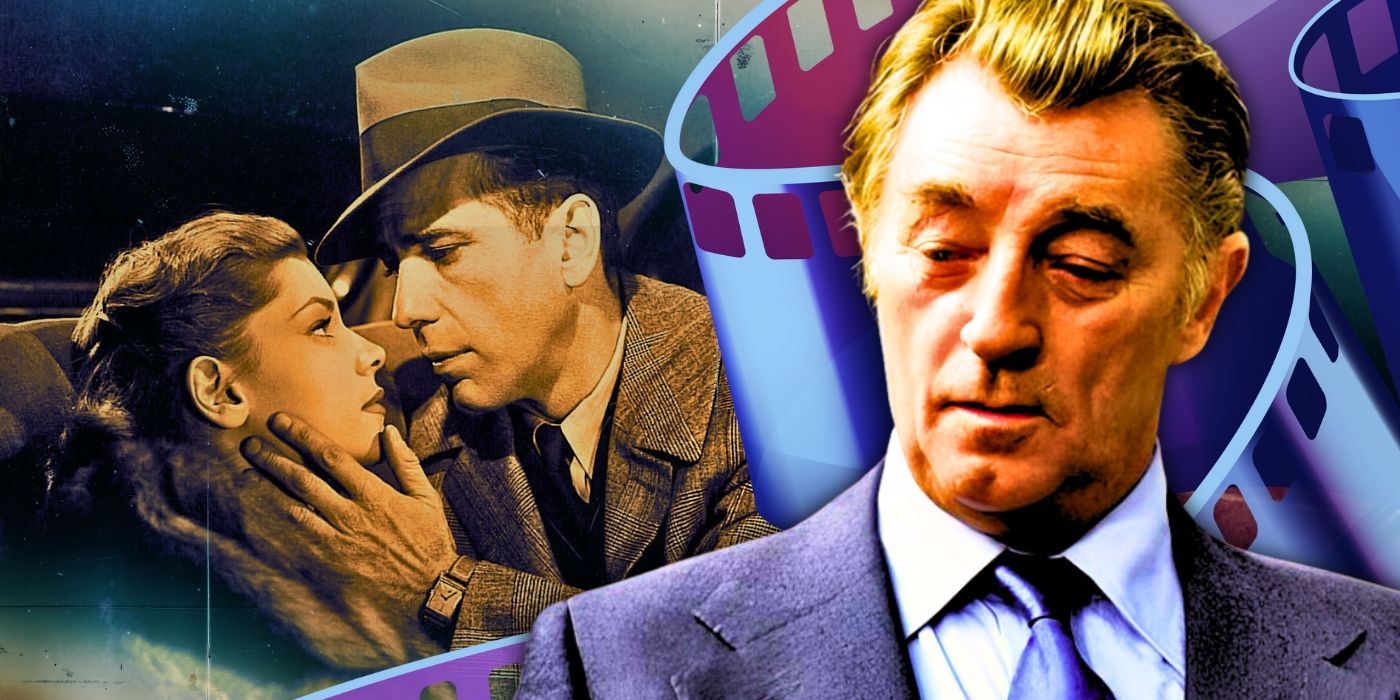
The slow-burn isn’t the most effective style of telling such a story.
Moreover, it features surprisingly amazing performances from a lesser-known cast of actors.
Richard Widmark’s portrayal of the menacing Tommy Udo marks his debut and has since become iconic.
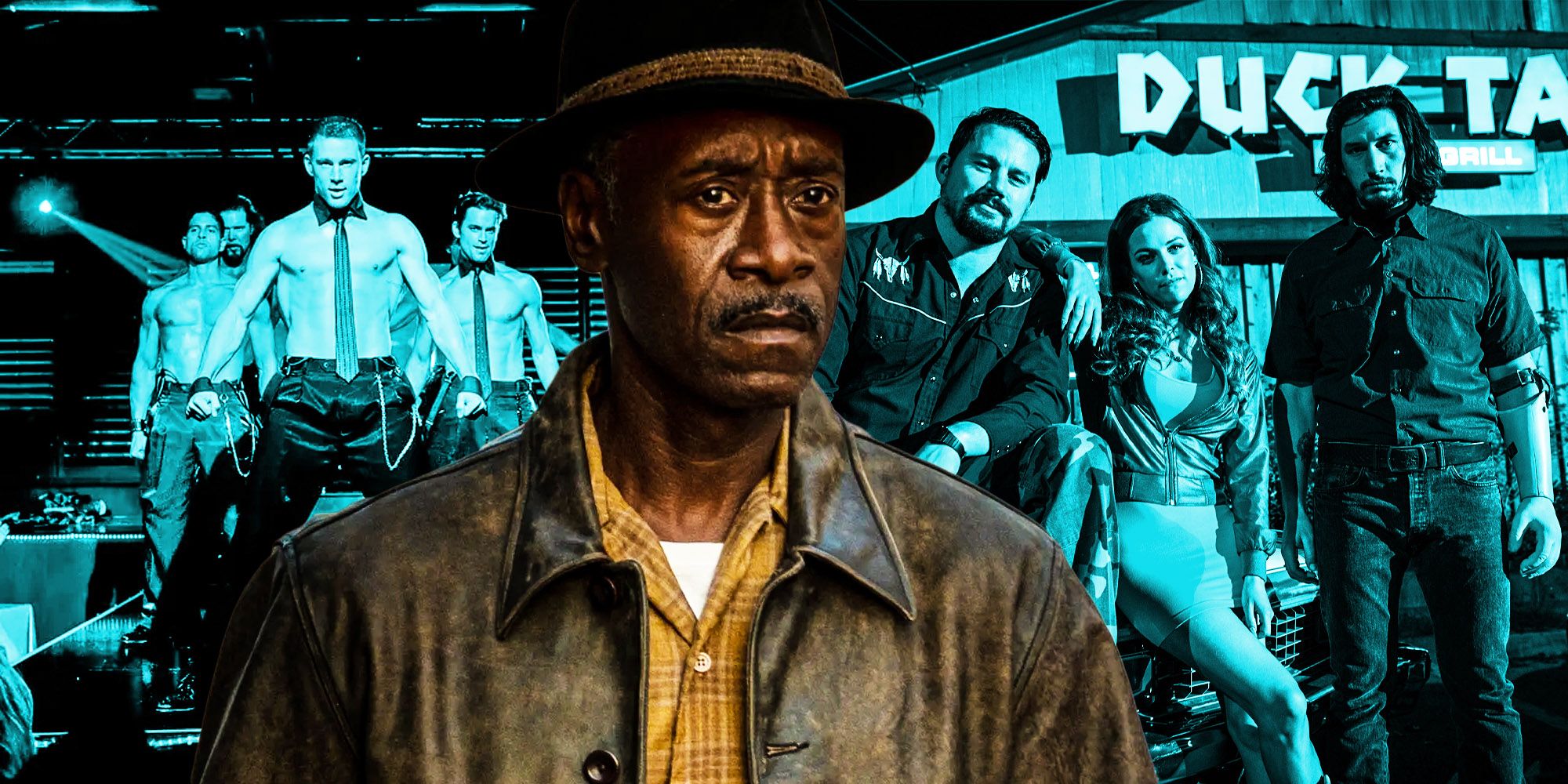
The film explores themes of redemption and crime, set against the backdrop of post-war New York City.
The film was later remade in the ’90s and starredNicolas Cage, Samuel L. Jackson, and David Caruso.
Despite retaining the crime plot, the remake doesn’t have Udo’s character.
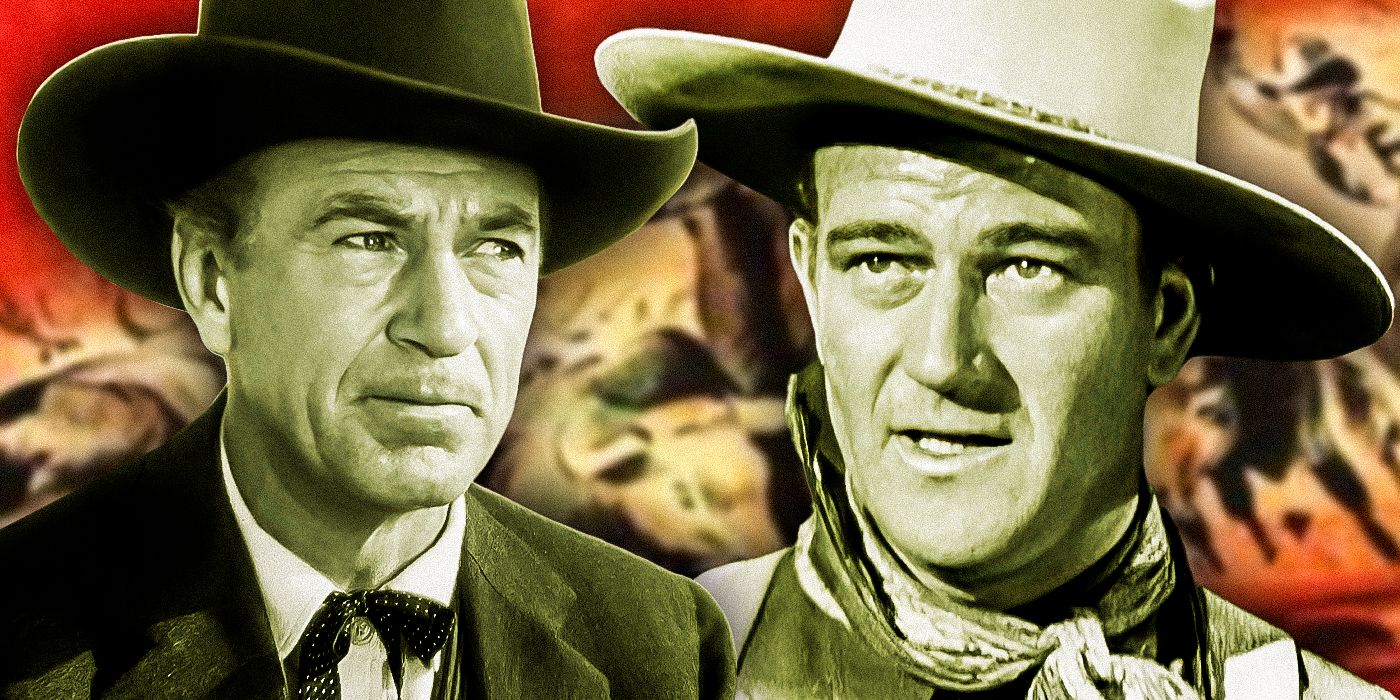
The film explores themes of power, corruption, and the consequences of past actions.
It is sad thatThe Strange Love of Martha Iversis such an underrated film today.
Still, the 1947 version deserves to be famous as well, for its brilliant performance and beautiful cinematography.
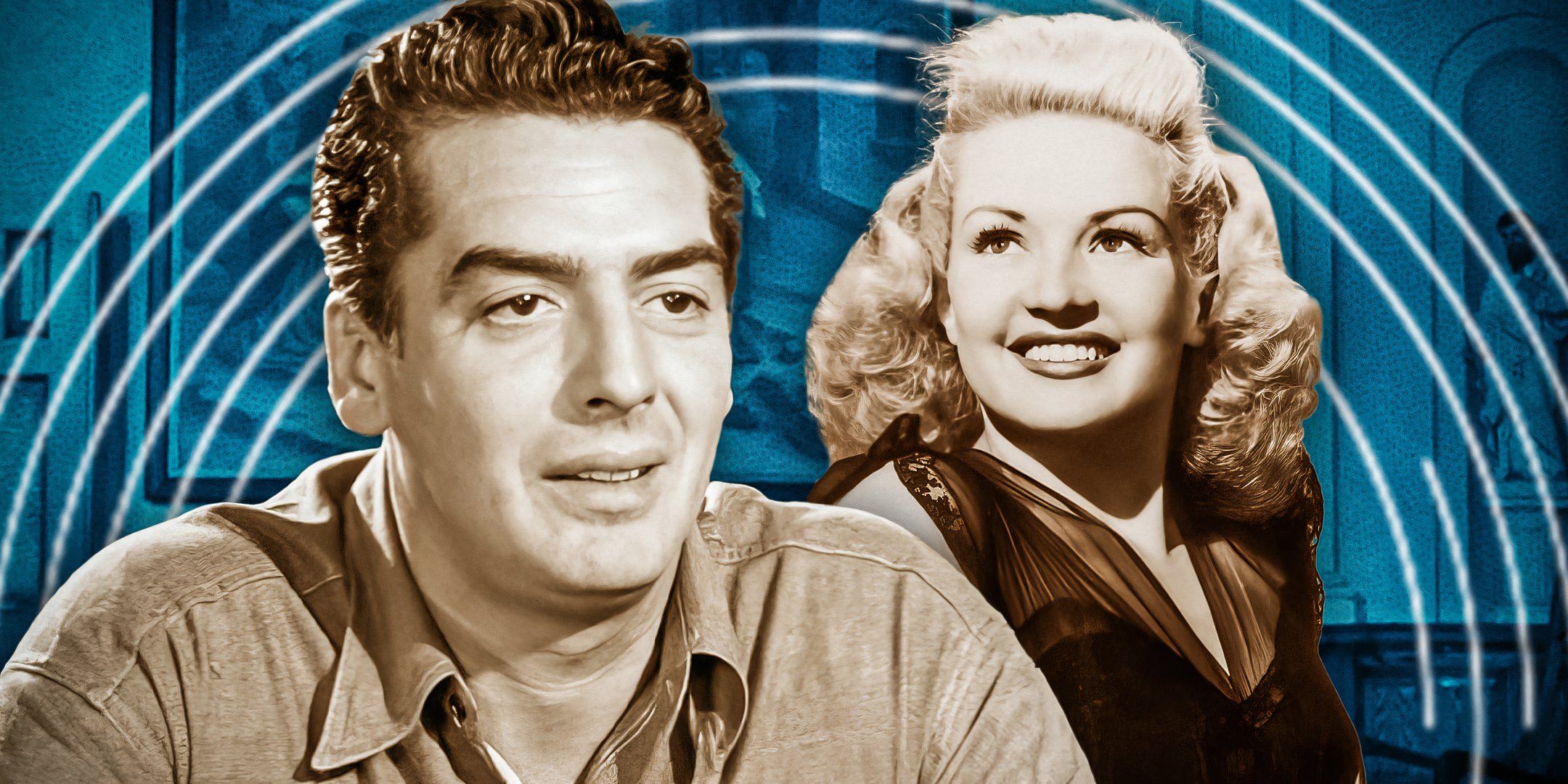
The cinematography attaches metaphorical meaning to the frames that depict the boxing match.
Siodmark directed Lancaster just one more time, and that was inCriss Cross.
Lancaster plays a man who returns to Los Angeles to try and win his ex-wife over.
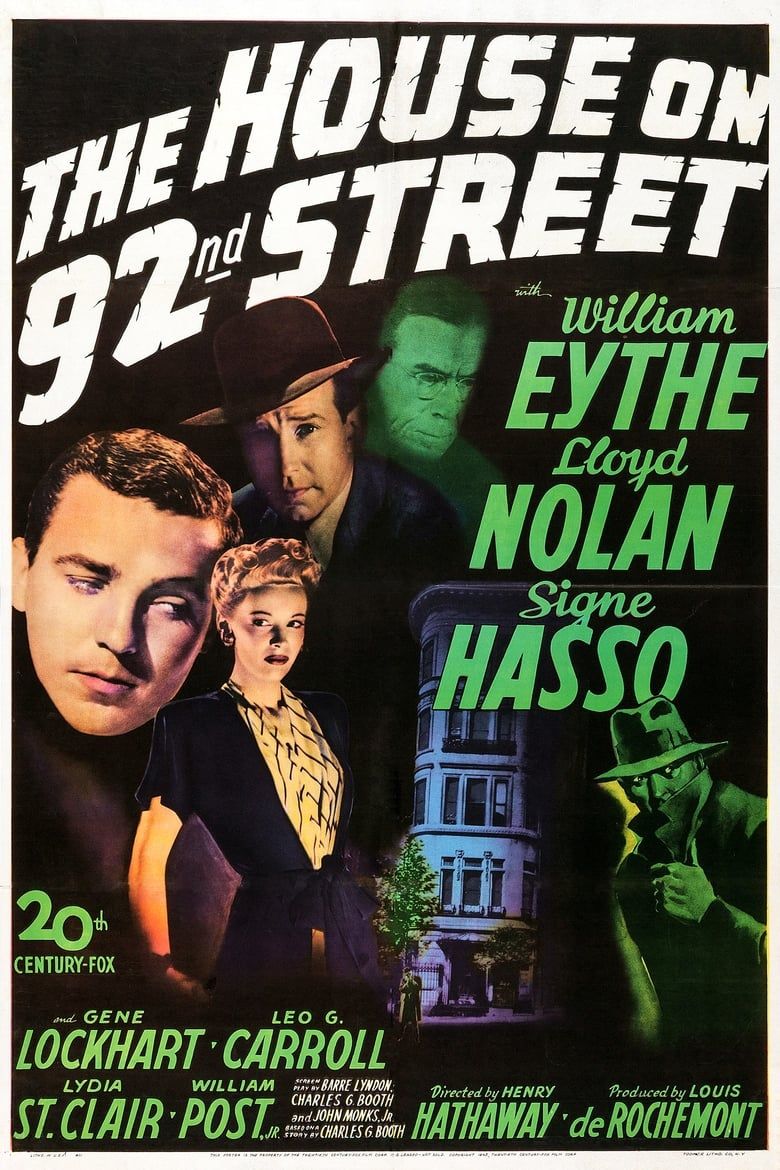
The House on 92nd Street is a 1945 film focusing on a covert operation by the U.S. government to uncover Nazi spies operating within the United States. The film blends elements of thriller and espionage as agents work to infiltrate and dismantle the network.
There’s just one obstacle in his path a gangster he has to make a deal with.
Dan Duryea plays the gangster and delivers one of the greatest villain performances in film noir history.
It waslater remade by Steven Soderbergh in 1995asThe Underneath.
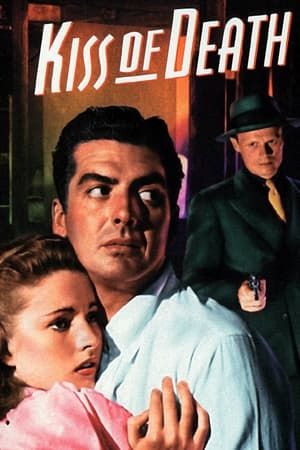
Kiss of Death (1947) is a film noir directed by Henry Hathaway, featuring Victor Mature as Nick Bianco, a small-time crook who cooperates with the authorities to secure a better life for his daughters. Richard Widmark’s portrayal of the menacing Tommy Udo marks his debut and has since become iconic. The film explores themes of redemption and crime, set against the backdrop of post-war New York City.
Richard Widmark and Linda Darnell co-star in this gripping narrative that explores complex social issues.
All About Eveis one of themovies that defined Bette Davis' career.
Racially charged accusations are leveled against him when a white patient dies in his care.
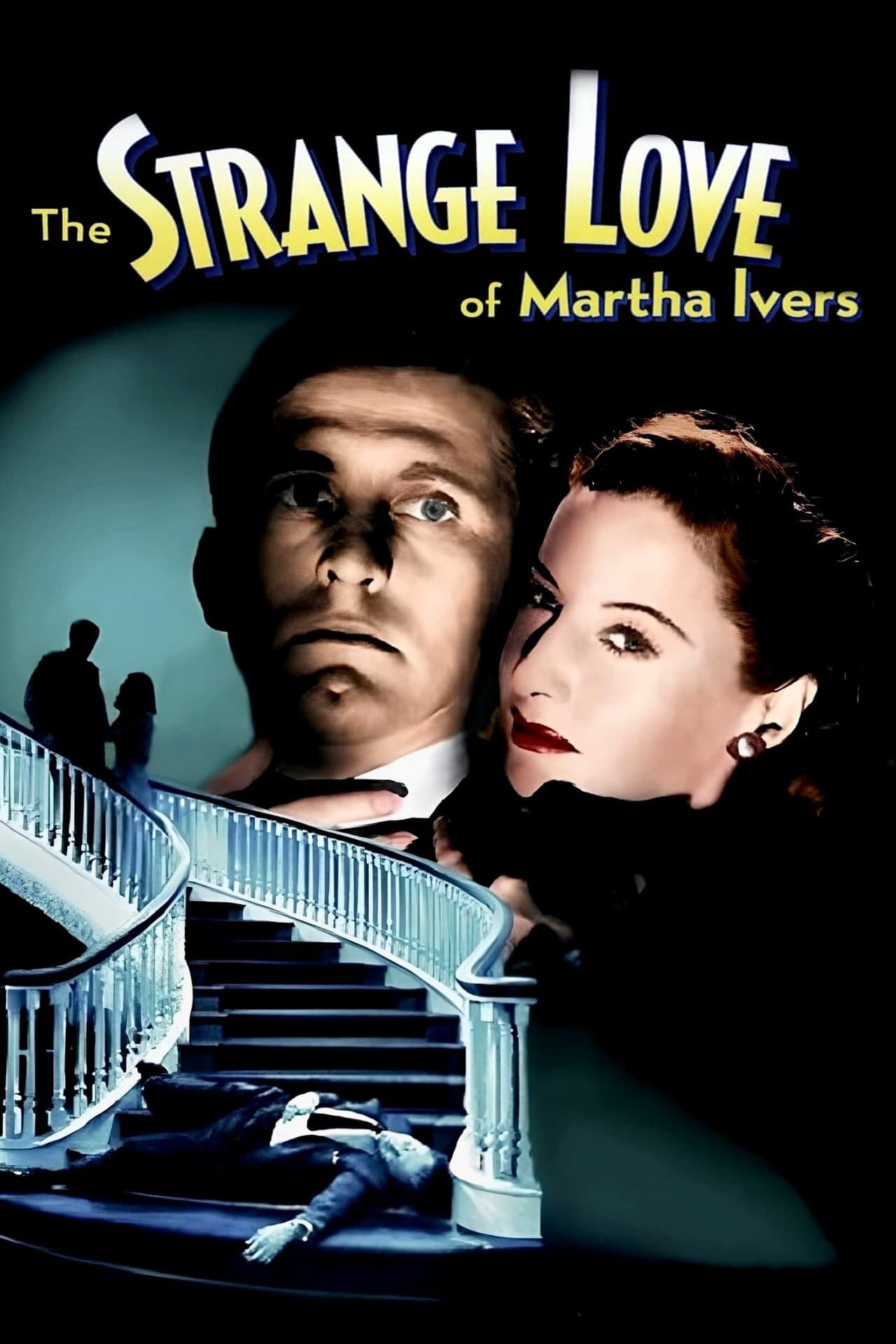
The Strange Love of Martha Ivers is a 1946 film noir directed by Lewis Milestone. It stars Barbara Stanwyck as Martha, a wealthy and ambitious woman entangled in a web of deceit and crime. Van Heflin stars as her childhood friend, whose reappearance brings buried secrets to the surface, while Kirk Douglas makes his film debut as Martha’s husband. The film explores themes of power, corruption, and the consequences of past actions.
As is often the case with movies starring him, the film’s most remarkable performance is Widmark’s.
As is often the case with movies starring him, the film’s most remarkable performance is Widmark’s.
Widmark disappears into the role and breathes uncannily believable life into his character.
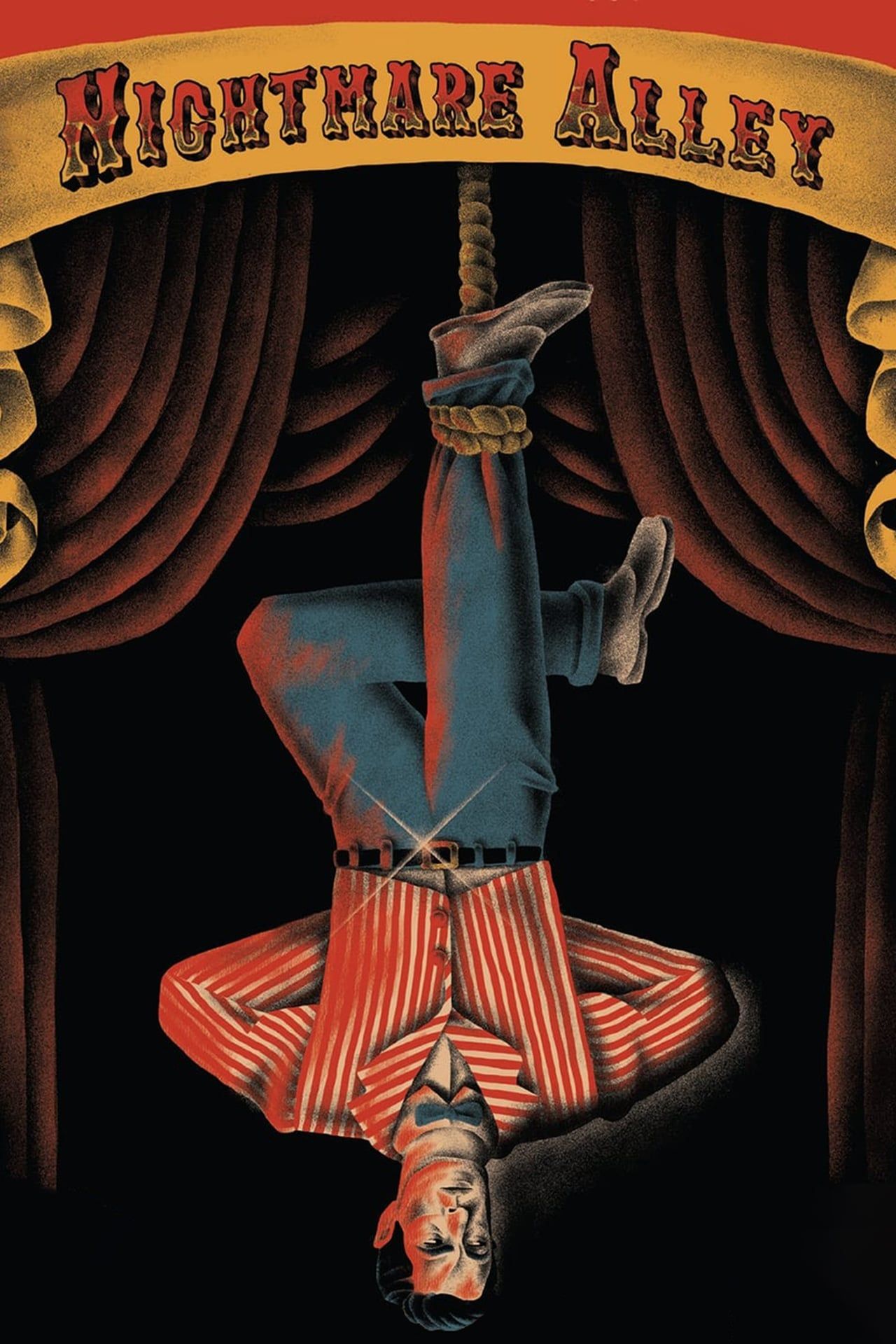
Nightmare Alley (1947) is a film noir directed by Edmund Goulding that follows the rise and fall of a carnival conman as he seizes opportunities to exploit people’s weaknesses, only to be haunted by his own vulnerabilities.
She has a minor role as the murder victim, but still makes an impression in the flashback scenes.
That scene is a reference to Hubert Cornfield’s brilliant noir thrillerPlunder Road.
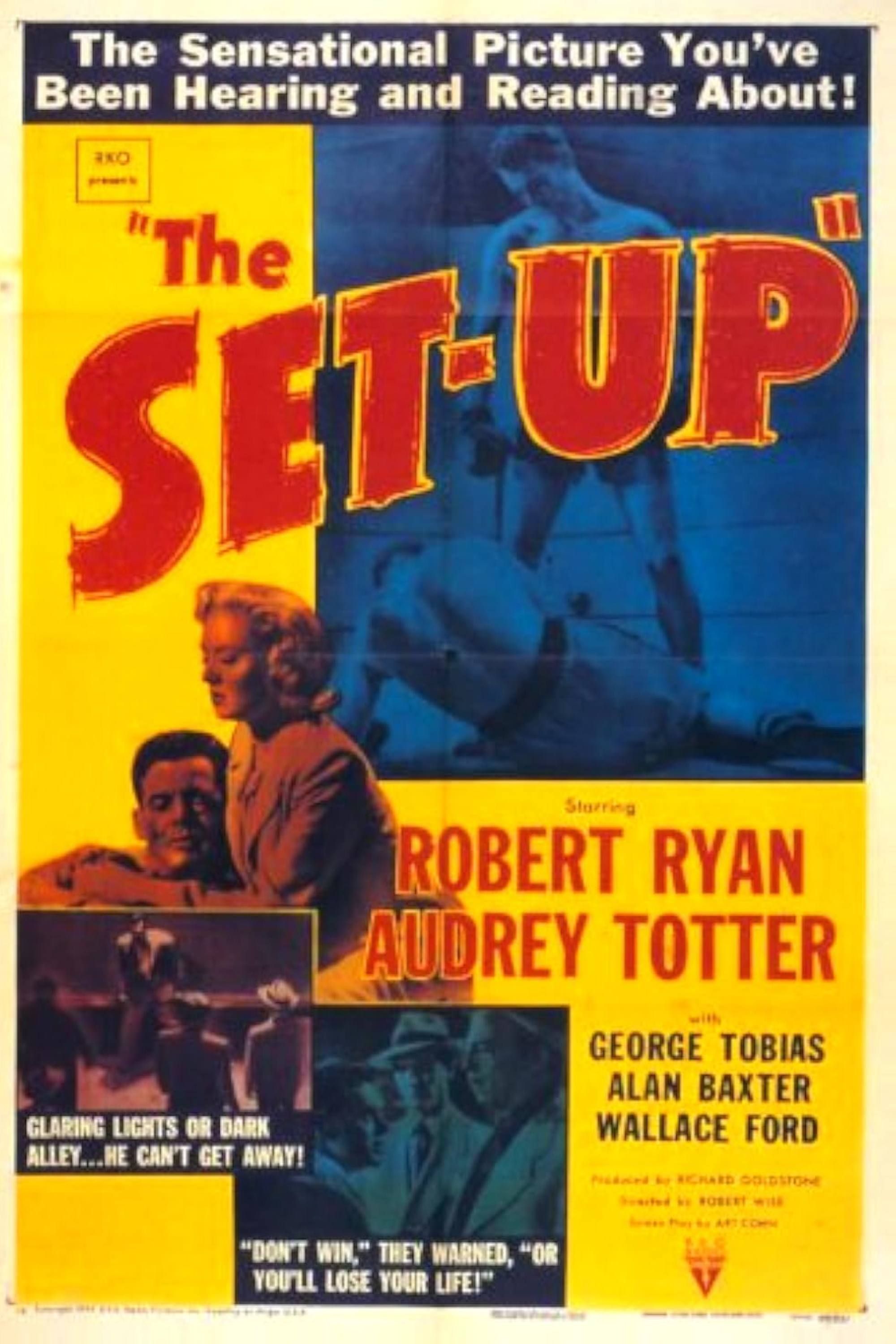
The Set-Up is a 1949 film directed by Robert Wise, featuring Robert Ryan as aging boxer Stoker Thompson. Set over a single night, the movie follows Thompson’s grueling battle in the ring while unaware that his fight has been fixed by his corrupt manager. The film uniquely blends film noir with sports drama to explore themes of resilience and betrayal in the underbelly of the boxing world.
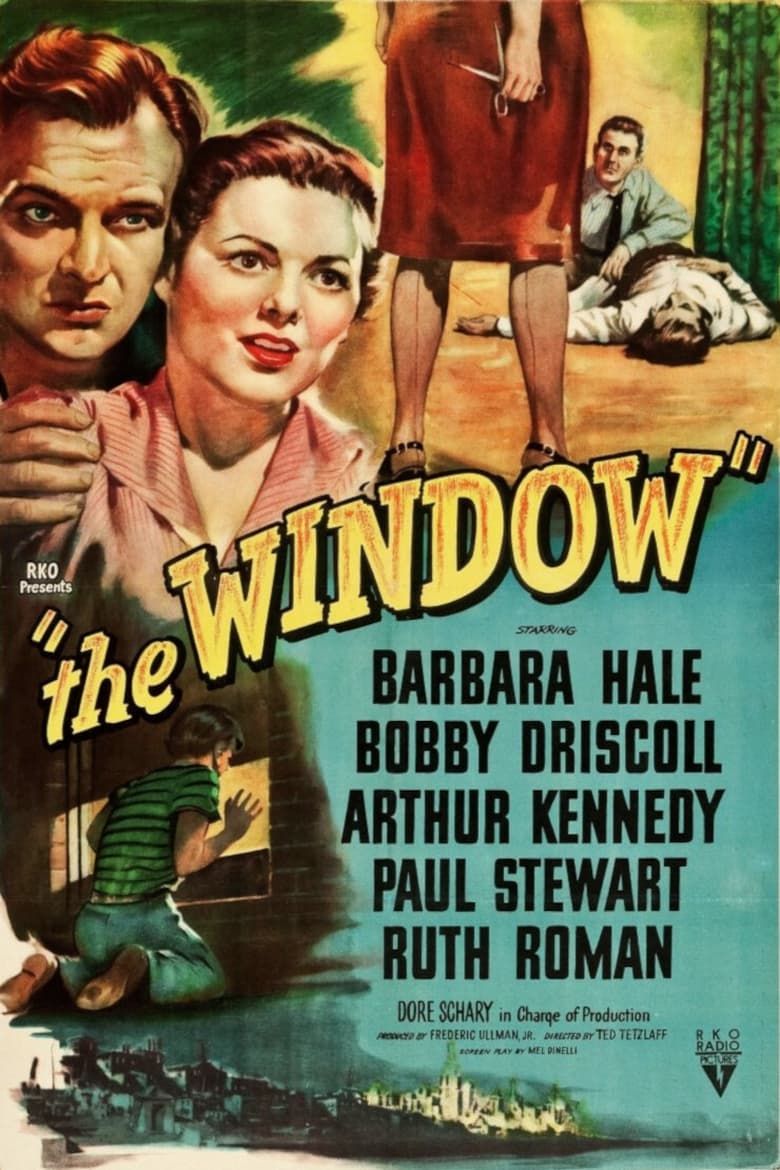
The Window is a suspenseful feature directed by Ted Tetzlaff, centered on a young boy who struggles to convince his parents and the authorities that he has witnessed a murder. As the criminals, who reside in the same building, realize he knows about their crime, they attempt to silence him.
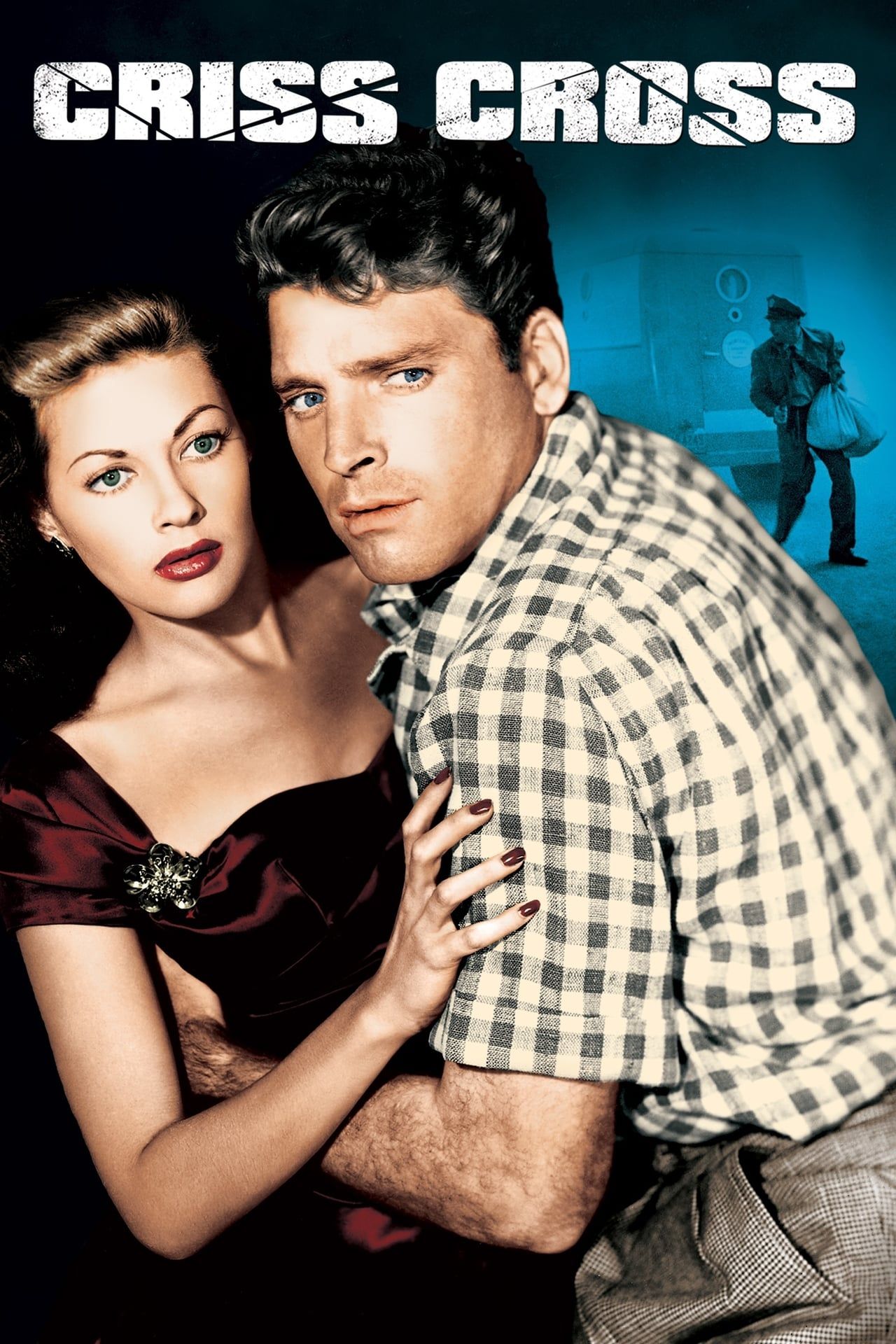
Criss Cross (1949) follows Steve Thompson, a disillusioned man caught in a web of crime and betrayal as he attempts to rekindle a romance with his former wife, Anna, now married to a mobster. This film noir delves into the complexities of love and deception, with a tense narrative and atmospheric cinematography that encapsulate the era’s stylistic trademarks.
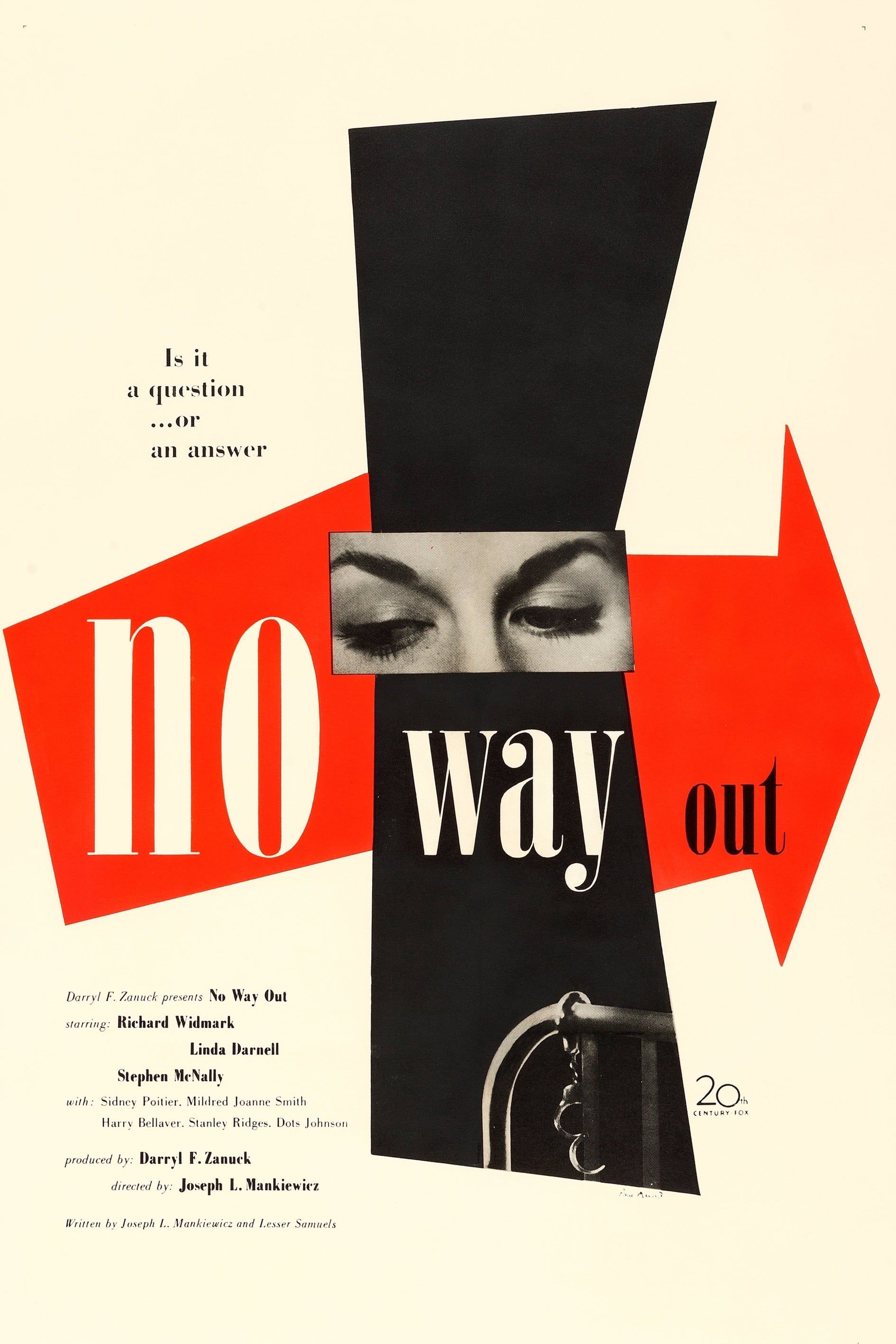
No Way Out (1950) is a crime drama directed by Joseph L. Mankiewicz. Starring Sidney Poitier, the film follows a Black doctor who must face racial prejudice while treating a white bigot, leading to escalating racial tensions and violence. Richard Widmark and Linda Darnell co-star in this gripping narrative that explores complex social issues.
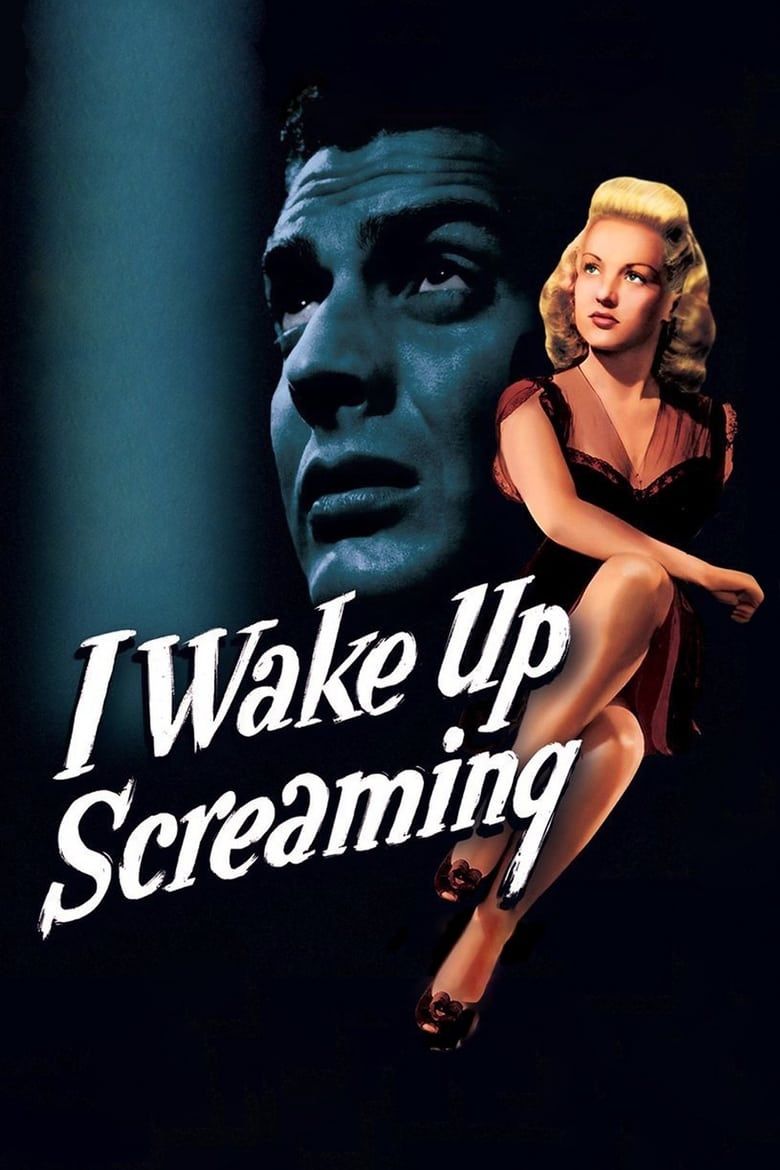
I Wake Up Screaming is a 1941 film noir directed by H. Bruce Humberstone, featuring a young promoter accused of murdering a rising actress he discovered. The film follows his entanglement with an ex-actor and a gossip columnist, as he becomes embroiled in a complex investigation.
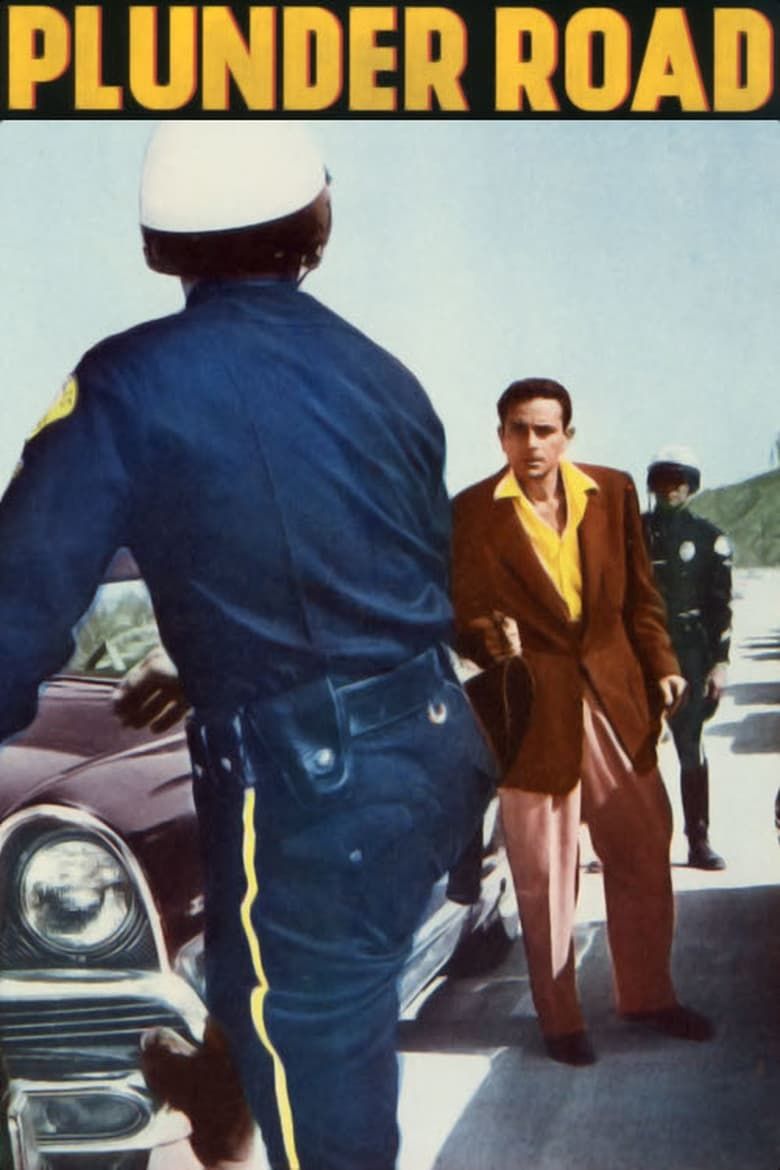
Plunder Road is a 1957 crime film that follows the aftermath of a meticulously planned heist. As the thieves attempt to flee with their loot, tensions rise and complications ensue, threatening to derail their getaway.
